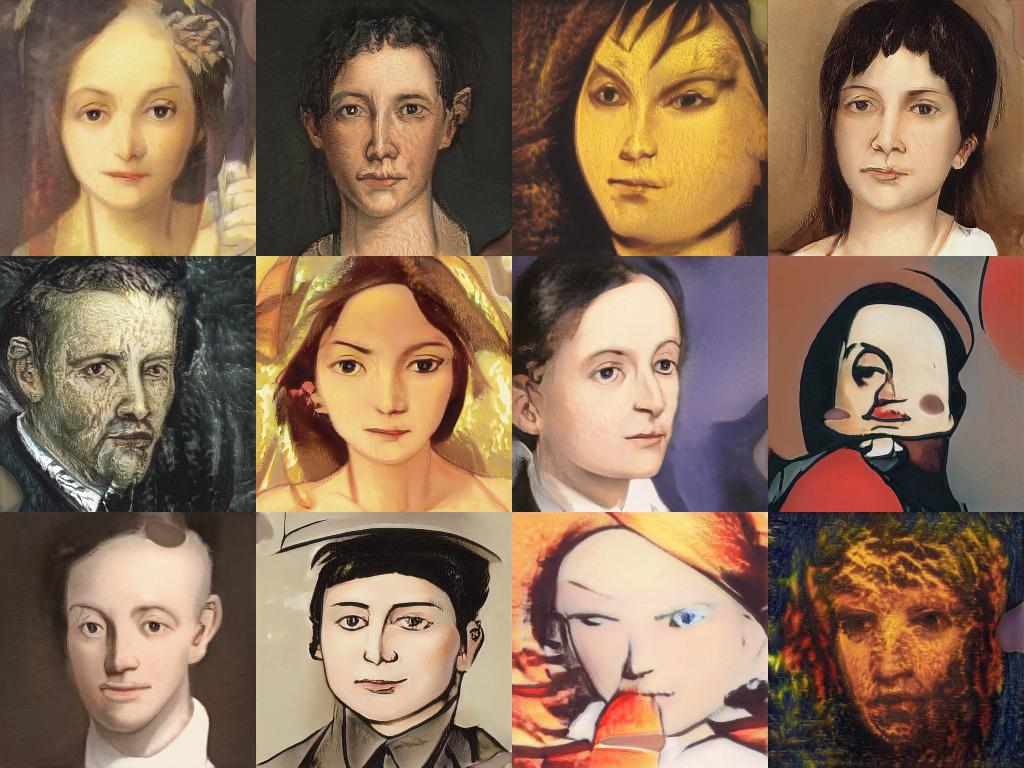25 Intersectionality Biases
 Grzegorz Herbowicz
Grzegorz Herbowicz
Intersectionality is a framework that examines how various social and political identities, such as race, class, gender, and sexual orientation, intersect to create unique systems of discrimination and privilege. It recognizes that individuals may experience multiple forms of oppression simultaneously, compounding their disadvantage. By analyzing these intersecting identities, we can gain a deeper understanding of the complex and multifaceted experiences of marginalized groups.
Here are 25 examples of intersectionality, illustrating how multiple social identities can intersect to create unique experiences of discrimination and privilege:
A Black lesbian woman: Faces discrimination based on race, gender, and sexual orientation.
A disabled Indigenous person: Experiences discrimination due to disability and Indigenous identity.
A low-income transgender man of color: Faces discrimination based on gender identity, race, and socioeconomic status.
An elderly Asian woman: Experiences ageism, racism, and sexism.
A queer person with a disability: Faces discrimination based on sexual orientation and disability.
A Muslim woman who wears a hijab: May experience religious discrimination and sexism.
A homeless Black man: Faces discrimination due to race, homelessness, and gender.
A non-binary person of color: Experiences discrimination based on gender identity and race.
A single mother with a disability: Faces discrimination due to gender, disability, and socioeconomic status.
An undocumented immigrant worker: Experiences discrimination based on immigration status, race, and socioeconomic status.
A young, Black, gay man: Faces discrimination due to race, sexual orientation, and age.
An elderly Latina woman: Experiences ageism, sexism, and racism.
A disabled Indigenous woman: Faces discrimination due to disability, Indigenous identity, and gender.
A low-income Asian American man: Experiences discrimination due to race and socioeconomic status.
A queer person of color with a disability: Faces discrimination based on sexual orientation, race, disability, and gender identity.
A Black woman in a STEM field: Faces discrimination due to race and gender.
A transgender man of color with a disability: Faces discrimination based on gender identity, race, and disability.
A Muslim woman who wears a hijab and is also a refugee: Faces discrimination due to religion, gender, and refugee status.
A low-income Indigenous woman: Faces discrimination due to Indigenous identity, gender, and socioeconomic status.
A queer person of color with a disability living in a rural area: Faces discrimination due to sexual orientation, race, disability, and geographic location.
A Black woman with a mental illness: Faces discrimination due to race, gender, and mental health status.
An elderly LGBTQ+ person: Experiences ageism, homophobia, and transphobia.
A low-income immigrant woman with a disability: Faces discrimination due to immigration status, gender, disability, and socioeconomic status.
A non-binary person of color with a disability living in a rural area: Faces discrimination due to gender identity, race, disability, and geographic location.
A Black man with a criminal record: Faces discrimination due to race and criminal history.
Intersectionality of Oppressions and Compounding Disadvantage: A Comparative Analysis
While both concepts highlight the complex ways in which social inequalities can interact, intersectionality emphasizes the interconnectedness of different forms of oppression, while compounding disadvantage focuses more on the cumulative impact of these oppressions on individuals.
In essence, compounding disadvantage is a consequence of intersectionality. It is the specific way in which multiple forms of oppression can combine to create unique and often severe forms of discrimination.
Subscribe to my newsletter
Read articles from Grzegorz Herbowicz directly inside your inbox. Subscribe to the newsletter, and don't miss out.
Written by
